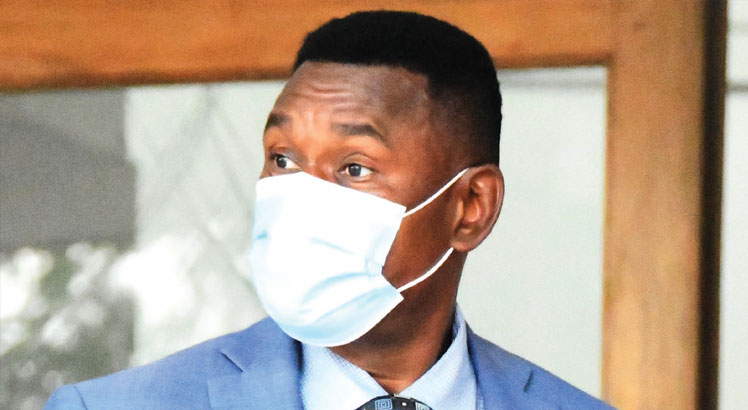More action needed in tackling climate change
A Study by the World Weather Attribution (WWA) has analysed how climate change influenced weather patterns in Malawi, Mozambique and Madagascar leading to a series of cyclones and storms that killed hundreds of people and affected millions in the Southeast Africa region.
The findings entitled ‘Climate change increased extreme rainfall in Southeast Africa storms’ by a team of 22 leading climate scientists found that climate change made extreme rainfall heavier and caused several back-to-back storms in the three countries.
In Malawi alone, Tropical storms Ana and Gombe killed 85 people and affected 1 154 298 others between January and March this year.
The findings further show that rainfall associated with the storms was made more intense by climate change and that episodes of extreme rainfall such as these have become more frequent.

The scientists have since recommended that authorities urgently put in place measures to reduce vulnerability and adverse socio-economic impacts in the region, and reduce carbon emissions in the most polluting countries, thereby reducing vulnerability and adverse socio-economic impacts.
This is consistent with scientific understanding of how climate change caused by greenhouse gas emissions influences heavy rainfall.
“As the atmosphere becomes warmer, it accumulates more water, increasing the risk of downpours. With further greenhouse gas emissions and continued temperature increases such heavy rainfall episodes will become even more common,” reads the report in part.
One of the researchers, Piotr Wolski from Climate System Analysis Group, University of Cape Town, South Africa called for an increased investment in weather stations in Africa that would enable a more precise estimate of the impact of rising greenhouse gas concentrations on the continent.
“Southeast Africa, including Madagascar, Malawi and Mozambique, is already a hotspot for tropical storms and cyclones, which we expect to become more intense and destructive with climate change,” said Wolski.
Friederike Otto of Grantham Institute of Imperial College London bemoaned how people with the least responsibility for climate change are bearing the brunt of the impacts.
He said: “Rich countries should honour their commitments and increase much-needed funding for adaptation and for compensating the victims of extreme events driven by climate change with loss and damage payments.”
On her part, Sarah Kew of Royal Netherlands Meteorological Institute called for an improvement in forecasts of extreme weather events and their impacts.
Civil Society Network on Climate Change (Cisonecc) national coordinator Julius Ng’oma and renowned environmentalist Charles Mkoka have urged authorities to reduce prices of liquefied petroleum gas which provide alternative sources of energy by most urban dwellers, especially those in high density areas and avoid the rate of deforestation which has been exponential annually nationwide.
Ng’oma said Malawians need to move away from using charcoal as a source of energy, thereby reducing carbon emissions.
On the other hand, Mkoka said while the nation continues to plant trees during the National Forestry Season, the growing population’s demand for biomass among peri-urban residents has been on the rise due to limited access to the national grid. This, he said, leaves most residents with no option but to resort to charcoal.
Said Mkoka: “If Malawi is really serious about conserving its forests, what we talk about in terms of options for cooking, especially for peri-urban dwellers, must match with our actions on the ground.
“If we don’t do that, then we are creating a recipe for disaster as a country. Already the devastation caused by cyclones Ana and Gombe is a warning shot for more trouble if we continue to lose our cover in our ecosystems in the absence of alternative sources of energy. That is more trouble brewing ahead.”
Roop Singh from Red Cross Red Crescent Climate Centre said the study confirms what Red Cross and Red Crescent volunteers have been saying for a long time—that rain patterns have changed.
“The rains are more intense and there is less time for people to recover before the next disaster hits. We need to invest in the infrastructure, systems, and people who are most vulnerable so that they can withstand stronger storms and compounding risks,” he said.
In early 2022, Southeast Africa was hit by three tropical cyclones and two tropical storms in just six weeks. Tropical storm Ana, in late January, was followed by tropical cyclone Batsirai, which made landfall in Madagascar on February 5. Over the next few weeks, the region was hit by tropical storm Dumako and tropical cyclones Emnati and Gombe. The consecutive storms left people with little time to react.






One Comment